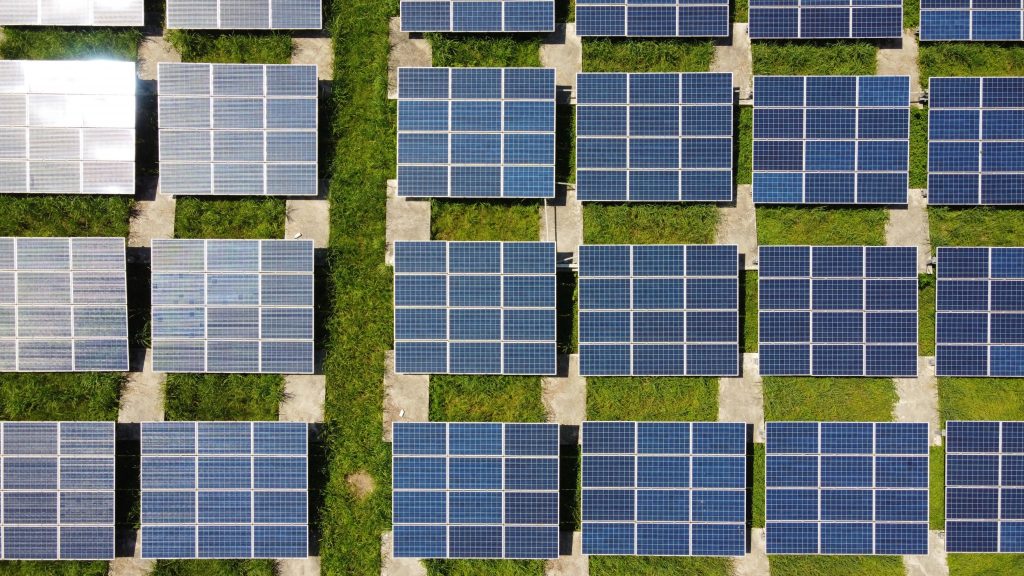The European climate change strategies key element is the transition of the energy system towards a more sustainable energy supply, and the decarbonisation of the electricity sector through the deployment of renewable energy technologies. Concentrated Solar Power (CSP), as a dispatchable renewable energy technology combined with thermal energy storage, could contribute to the deep decarbonisation of the European Energy system by providing sustainable electricity and adding to system flexibility.
The transition of the European energy system towards a more sustainable energy supply, and in particular the decarbonisation of the electricity sector through the deployment of renewable energy technologies, is a key element of the European climate change strategy. For the time horizon 2020-2030, the European Commission has defined an EU-wide 2030 target of 32% for the share of renewable energies in the gross final energy consumption. However, in contrast to the regulatory framework up to 2020, there are no more binding targets on Member State level. This absence of mandatory renewable energy targets on national level emphasizes the relevance of coordination and collaborative approaches to reach the envisaged renewable energy share on European level. Collaborative efforts could play an important role in achieving the European energy transition at lower cost than purely national approaches, as renewable sources could be exploited at locations that require low support costs by offering high potential thus leading to lower overall system costs.
With high shares of renewable energy, electricity system flexibility gains importance. Energy storage and dispatchable electricity generation technologies can help to balance the in-feed of variable renewable energy sources (RES). Concentrated Solar Power (CSP), as a dispatchable renewable energy technology combined with thermal energy storage, could contribute to the deep decarbonisation of the European Energy system by providing sustainable electricity and adding to system flexibility. Due to the still comparatively high electricity generation costs compared to other renewable energy technologies such as PV or onshore wind turbines, CSP could particularly benefit from collaborative efforts of EU Member States sharing the costs and the benefits of CSP projects.
Against this background, the MUSTEC project has the objective to analyze the framework conditions for CSP deployment in Europe with an integrated view on the multitude of aspects that may represent barriers or drivers for the collaborative development of CSP projects. Within the MUSTEC project, this report aims to consolidate the findings of the previous work packages and to summarize and systematize the major lessons learnt on CSP development and RES cooperation in Europe. Rather than generating new content, the report tries to synthesize and highlight the most relevant barriers and drivers for collaborative CSP deployment identified in the frame of the MUSTEC project so far, which are relevant for the possibilities for potential CSP cooperation projects in the future.
This summary of major barriers and crucial requirements for CSP cooperation projects further serves as a basis for the development of a roadmap for collaborative CSP deployment in Europe and the derivation of recommendations on how policy makers on European and national level could address the identified issues and enable CSP cooperation by creating favorable framework conditions.
The report is structured as follows:
The following chapter 2 summarizes the main issues affecting collaborative CSP development in Europe that have been identified in the previous work packages of the MUSTEC project. Thereby, section 2.1 focuses on the most relevant aspects relating to techno-economic parameters and the market environment for CSP, such as the technology cost development and other factors that influence the competitiveness of CSP in the European electricity market. Section 2.2 elaborates on the most relevant barriers and the requirements related to the regulatory and political framework for the collaborative development of CSP in the EU. Section 2.3 summarizes the findings on social acceptance and the views of different stakeholders on potential CSP cooperation projects. Each section provides a brief summary of the respective topic, highlights the key issues and crucial requirements and provides references to the underlying detailed reports that have been generated in the frame of the MUSTEC project. Finally, Chapter 3 presents the preliminary conclusions.
Read more on the report on key issues affecting CSP development in Europe here.
This article is an output of the EU-funded MUSTEC project.

MUSTEC
The MUSTEC consortium consists of nine renowned institutions from six European countries and includes many of the most prolific researchers in the European energy policy community, with very long track records of research in European and nationally funded energy policy research projects.
MUSTEC main results are the following:- identifying the barriers holding CSP back and limiting its expansion in Europe, in the context of the energy and climate targets of 2030 and beyond,
- finding the drivers for CSP and the potential niches in which intra-European CSP trade can play an important role for the decarbonisation, stabilisation and integration of the European power system, and
- proposing concrete policy solutions to overcome the identified obstacles and create the necessary enabling conditions for European CSP growth
- Project title: Market Uptake of Solar Thermal Electricity through Cooperation (MUSTEC)
- Funding scheme: European Union Horizon 2020 Programme (EU H2020, grant agreement no. 764626)
- Duration: 3 years (1 October 2017 – 30 September 2020)
- Project coordinator: Centro de Investigaciones Energéticas, Medioambientales y Tecnológicas – CIEMAT, Spain
- Project website: http://www.mustec.eu



